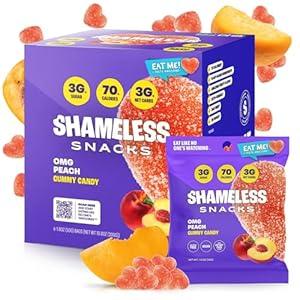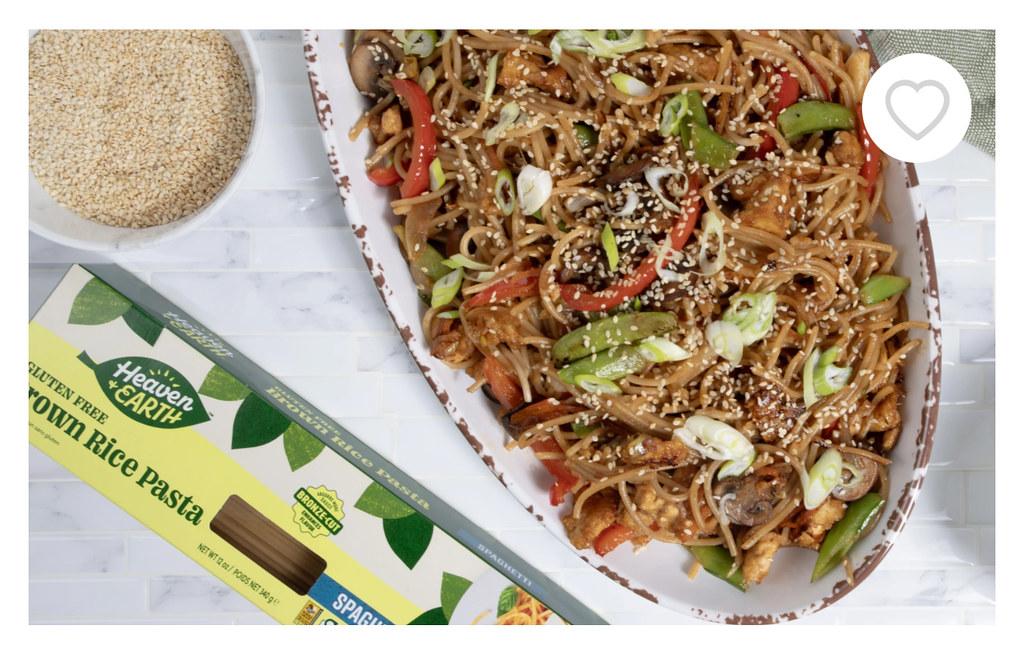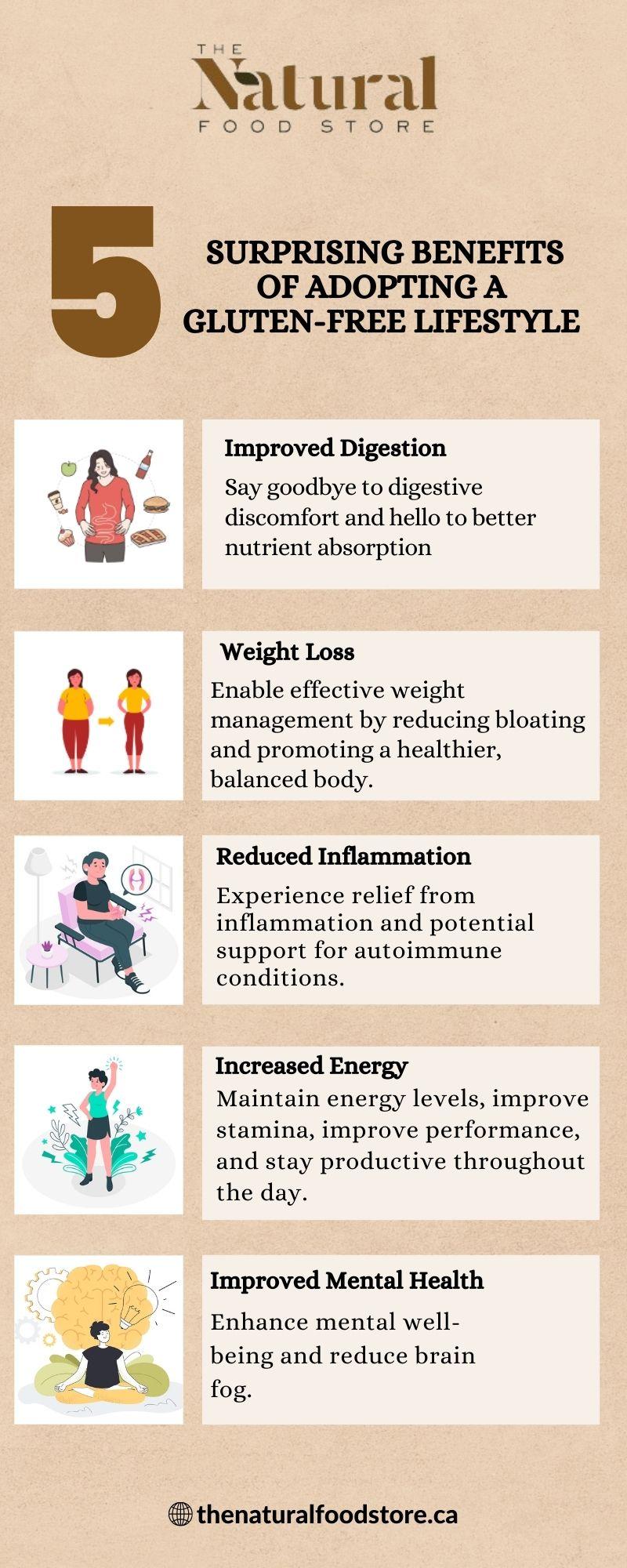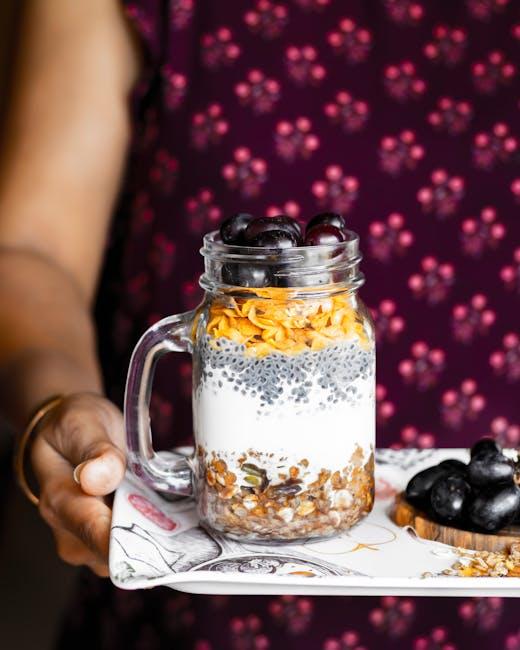In a world where culinary delights often come wrapped in the comforting embrace of gluten, a growing number of individuals are embarking on a journey to rediscover nourishment without it. The gluten-free lifestyle, once a necessity for the few, has now blossomed into a vibrant movement embraced by many. This lifestyle promises not just a dietary shift, but a holistic transformation that intertwines health, well-being, and a renewed connection with the food we consume. With each gluten-free choice, we unravel the intricate tapestry of science that supports this lifestyle, revealing the hidden benefits that lie beyond the absence of wheat, barley, and rye. Join us as we delve into the fascinating science behind a gluten-free lifestyle, exploring how this path can lead to enhanced vitality and a more harmonious relationship with our bodies and the world around us.
Understanding Gluten: The Culprit Behind Digestive Woes
For those who experience digestive discomfort, gluten can often be the hidden adversary wreaking havoc on the gut. This protein composite, found primarily in wheat, barley, and rye, is a binding agent that gives bread its chewy texture and helps it rise. However, for individuals with gluten sensitivities or celiac disease, gluten can trigger a range of unpleasant symptoms, from bloating and gas to more severe issues like intestinal damage.
The journey towards understanding gluten’s impact on digestion begins with recognizing the body’s response to this protein. For some, even a small amount can cause the immune system to attack the lining of the small intestine, leading to nutrient malabsorption and various health complications. Symptoms may include:
- Bloating and abdominal pain
- Chronic diarrhea or constipation
- Fatigue and brain fog
- Skin rashes
- Joint pain
Embracing a gluten-free lifestyle isn’t just about removing certain foods; it’s about enhancing overall well-being. By understanding the science behind gluten’s effects, individuals can make informed dietary choices, leading to improved digestive health and a vibrant life. With a plethora of delicious gluten-free alternatives available today, the transition can be both seamless and satisfying.

Nutritional Benefits of Embracing Gluten-Free Choices
Choosing a gluten-free lifestyle isn’t just about avoiding certain grains; it’s about embracing a world of nutritional possibilities that can enhance overall well-being. By eliminating gluten, individuals often discover a newfound appreciation for naturally gluten-free foods that are rich in essential nutrients. Fruits and vegetables, for instance, become staples in a gluten-free diet, offering an abundance of vitamins, minerals, and antioxidants. These vibrant foods are not only delicious but also help in maintaining a healthy immune system and improving digestion.
- Quinoa and Buckwheat: These gluten-free grains are excellent sources of protein and fiber, promoting satiety and aiding in digestion.
- Nuts and Seeds: Packed with healthy fats and nutrients, they contribute to heart health and provide a satisfying crunch to any meal.
- Legumes: Beans and lentils are high in protein and iron, making them perfect substitutes for traditional gluten-containing foods.
Moreover, embracing a gluten-free diet can lead to more mindful eating habits. By focusing on whole, unprocessed foods, individuals often find themselves more in tune with their nutritional needs and bodily responses. This conscious approach not only supports a balanced diet but also fosters a deeper connection to the food we consume, turning meals into more than just a necessity—into a source of nourishment and joy.

Crafting a Balanced Gluten-Free Diet: Expert Tips and Tricks
Embracing a gluten-free lifestyle doesn’t mean sacrificing nutrition or flavor. In fact, with a bit of creativity and planning, it’s possible to craft a diet that’s both delicious and nutritionally complete. The key is to focus on incorporating a variety of naturally gluten-free foods that provide essential nutrients. Whole foods such as fruits, vegetables, lean proteins, and healthy fats should be the cornerstone of your meals.
- Explore ancient grains like quinoa, amaranth, and buckwheat, which are not only gluten-free but also packed with protein and fiber.
- Incorporate legumes such as lentils and chickpeas for a hearty dose of plant-based protein and iron.
- Opt for nuts and seeds like almonds and chia seeds, which provide healthy fats and micronutrients.
- Choose dairy or fortified alternatives to ensure adequate calcium and vitamin D intake.
Balancing your gluten-free diet means being mindful of potential nutrient gaps. Consider including a variety of colors on your plate to ensure you’re getting a wide range of vitamins and minerals. And don’t forget to stay hydrated with plenty of water, herbal teas, or naturally flavored beverages. By making thoughtful choices, a gluten-free diet can be as enriching as it is freeing.

Thriving Gluten-Free: Transformative Stories and Success Strategies
Living a gluten-free lifestyle is not just a dietary choice; it is a journey backed by science and empowered by personal transformation. At its core, this lifestyle is about understanding how gluten—a protein found in wheat, barley, and rye—interacts with our bodies. For some, consuming gluten can lead to adverse reactions, ranging from mild discomfort to severe autoimmune responses. The science behind this involves the body’s immune system mistaking gluten as a threat, triggering inflammation and other health issues. Embracing a gluten-free diet can alleviate these symptoms, paving the way for improved health and well-being.
- Enhanced Energy Levels: Many individuals report feeling more energetic after eliminating gluten, as the body can focus on nutrient absorption without battling inflammation.
- Improved Digestive Health: Removing gluten often leads to better digestion, as the gut heals and becomes more efficient in processing nutrients.
- Mental Clarity: The reduction of inflammation is also linked to clearer thinking and improved mood, enhancing overall mental health.
Adopting a gluten-free lifestyle doesn’t mean giving up on taste or variety. With an abundance of gluten-free grains like quinoa, rice, and millet, culinary creativity knows no bounds. Success strategies include exploring new recipes, connecting with supportive communities, and staying informed about the latest scientific research. This lifestyle is more than just a trend; it’s a transformative journey towards better health and happiness.



